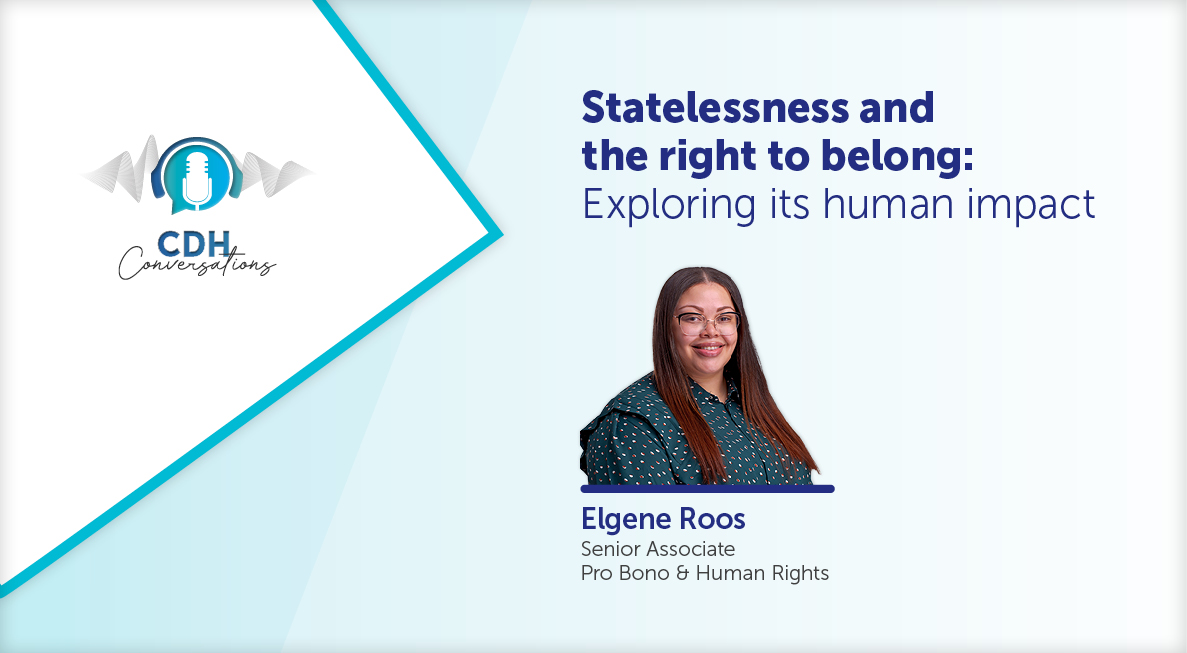Remuneration of business rescue practitioners – the requirement to prove claims against the insolvent estate
In June 2012, Diener was appointed as the business rescue practitioner to oversee the business rescue of a close corporation, which business rescue was ultimately terminated and liquidation proceedings were instituted. The Master of the High Court was of the view that Diener had failed to prove a claim and his remuneration was therefore not recognised as a charge against the estate. Diener applied to the High Court to review the Master’s decision, which application was dismissed. He then appealed the matter to the Supreme Court of Appeal (SCA).
The argument before the SCA on behalf of the business rescue practitioner was that the remuneration and expenses of the practitioner, after the costs of liquidation, took a ‘super-preference’ over all other creditors, regardless of whether they were secured or not. In other words, the business rescue practitioner enjoys a special preference and has security over all assets, even above securities existing when the practitioner is appointed.
This argument was based on s135(4) and s143(5) of the Companies Act, No 71 of 2008. Section 143(5) provides that a business rescue practitioner’s claim for remuneration and expenses “rank[s] in priority before the claims of all other secured and unsecured creditors”. The difficulty with this provision is that, at face value, it undermines or diminishes the security held by creditors. The Court therefore, in determining the correctness of this argument, had regard to the overall context and purpose of the business rescue chapter in the Companies Act, and then dealt with the above two sections specifically in turn.
In relation to s135, the Court said that the section is concerned with post-commencement finance, and “it is in this context, ie while business rescue proceedings are in place, that it creates a set of preferences for the payment by the company of certain of its unpaid debts”. The practitioner’s remuneration is one such debt, and is ranked first. There is, for the most part, no mention of liquidation in this section, save to state that if liquidation occurs, the set of preferences created in this section, ie in relation to the post-commencement finance, remain in force, subject to the costs of liquidation. Simply put, the section only creates a set of preferences in relation to claims that are listed within s135, and those claims enjoy a preference over unsecured claims – it does not create a super preference which places the practitioner in a more favourable position than the best position that can be occupied by a secured creditor.
Section 143 of the Companies Act similarly does not deal with a liquidation scenario, but rather regulates the practitioner’s remuneration during business rescue. In this regard, the Court held that where the section states that the practitioner’s remuneration ranks “in priority before the claims of all other secured and unsecured creditors”, this must be understood as a reference back to s135. It only creates a priority over those persons who have provided the company with post-commencement finance, whether secured or unsecured, and not to the company’s pre-business rescue creditors.
The Court further held that in the context of the Insolvency Act, No 24 of 1936, a business rescue practitioner is not a person who ‘renders services in connection with the sequestration proceedings’ (as such people do not have to prove a claim). The Court reasoned that a business rescue practitioner could not be such a person because of the distinction between business rescue proceedings and liquidation proceedings, as business rescue terminates when a company is placed in liquidation.
The SCA has thus clarified and confirmed the position for business rescue practitioners that have claims against liquidated companies for unpaid remuneration – they are creditors of the liquidated company, and are required, like all other creditors, to prove claims against the companies in terms of s44 of the Insolvency Act. The preference that they hold is no more than to claim against the free residue after the costs of liquidation, but before the claims of employees for post-commencement wages, before those who have provided other post-commencement finance, and before any other unsecured creditors.
This ruling may cause business rescue practitioners to be more circumspect in terms of the appointments they may take, and/or in relation to their fee arrangements in respect of such appointments.
The information and material published on this website is provided for general purposes only and does not constitute legal advice. We make every effort to ensure that the content is updated regularly and to offer the most current and accurate information. Please consult one of our lawyers on any specific legal problem or matter. We accept no responsibility for any loss or damage, whether direct or consequential, which may arise from reliance on the information contained in these pages. Please refer to our full terms and conditions. Copyright © 2026 Cliffe Dekker Hofmeyr. All rights reserved. For permission to reproduce an article or publication, please contact us cliffedekkerhofmeyr@cdhlegal.com.
Subscribe
We support our clients’ strategic and operational needs by offering innovative, integrated and high quality thought leadership. To stay up to date on the latest legal developments that may potentially impact your business, subscribe to our alerts, seminar and webinar invitations.
Subscribe




